Direct interrogation of context-dependent GPCR activity with a universal biosensor platform
- PMID: 38412860
- PMCID: PMC10947893
- DOI: 10.1016/j.cell.2024.01.028
Direct interrogation of context-dependent GPCR activity with a universal biosensor platform
Abstract
G protein-coupled receptors (GPCRs) are the largest family of druggable proteins encoded in the human genome, but progress in understanding and targeting them is hindered by the lack of tools to reliably measure their nuanced behavior in physiologically relevant contexts. Here, we developed a collection of compact ONE vector G-protein Optical (ONE-GO) biosensor constructs as a scalable platform that can be conveniently deployed to measure G-protein activation by virtually any GPCR with high fidelity even when expressed endogenously in primary cells. By characterizing dozens of GPCRs across many cell types like primary cardiovascular cells or neurons, we revealed insights into the molecular basis for G-protein coupling selectivity of GPCRs, pharmacogenomic profiles of anti-psychotics on naturally occurring GPCR variants, and G-protein subtype signaling bias by endogenous GPCRs depending on cell type or upon inducing disease-like states. In summary, this open-source platform makes the direct interrogation of context-dependent GPCR activity broadly accessible.
Keywords: BRET; G protein; GPCR; GTPase; antipsychotics; biased signaling; biosensor; drug discovery; fibrosis; neurotrasnmitter.
Copyright © 2024 Elsevier Inc. All rights reserved.
Conflict of interest statement
Declaration of interests The authors declare no conflict of interests.
Figures
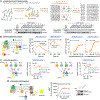

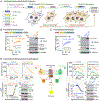
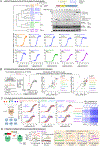
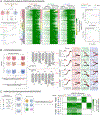

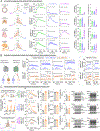
Update of
-
Direct interrogation of context-dependent GPCR activity with a universal biosensor platform.bioRxiv [Preprint]. 2024 Jan 2:2024.01.02.573921. doi: 10.1101/2024.01.02.573921. bioRxiv. 2024. Update in: Cell. 2024 Mar 14;187(6):1527-1546.e25. doi: 10.1016/j.cell.2024.01.028. PMID: 38260348 Free PMC article. Updated. Preprint.
References
MeSH terms
Substances
Grants and funding
LinkOut - more resources
Full Text Sources
Research Materials

